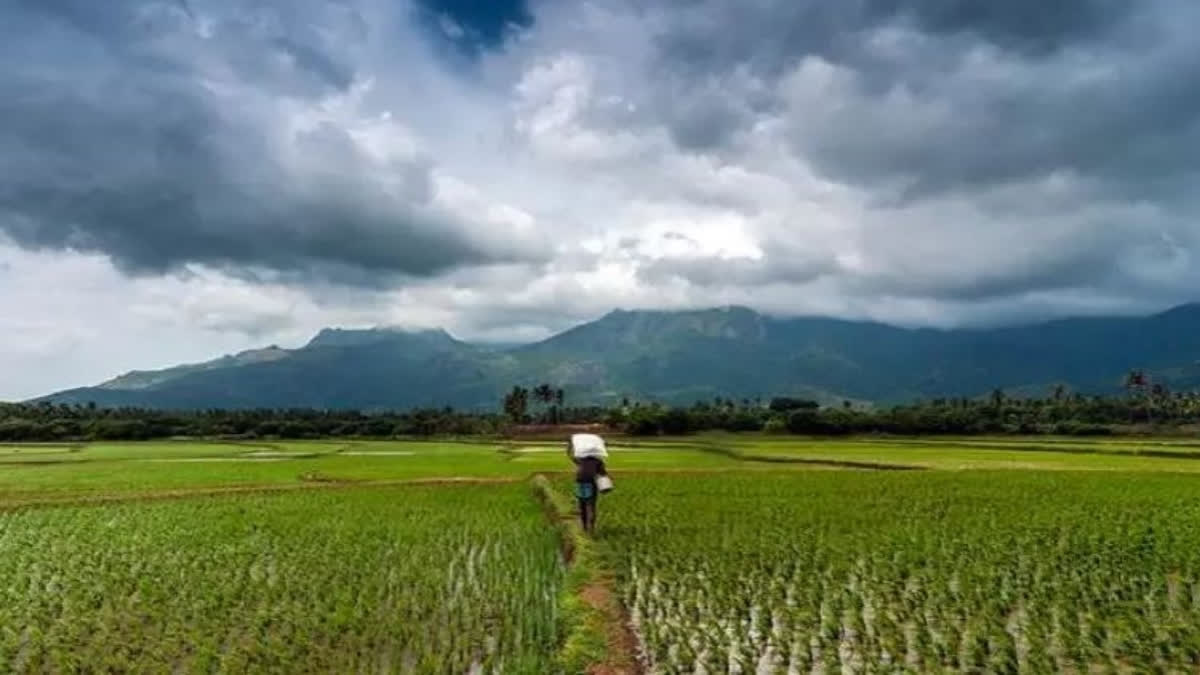A delayed start to the southwest monsoon and deficient rainfall is a cause of concern for policymakers, farmers and the common man alike. As per the latest data, the cumulative rainfall deficit is tracking at 13% as of Thursday (June 29). Moreover, if one looks at the spatial distribution of monsoon rains then it remains uneven with 47% of the country, in terms of area, receiving deficient to large deficient rainfall.
The impact of the weak start is visible in the area under sowing of Kharif crops, the main summer crop in the country, tracking lower by 4.5% on a year-on-year basis as of June 23. A deficient rainfall and consequential lower sowing in the summers have mainly impacted paddy sowing in the country, one of the two staple diets of Indians.
According to the official data gathered by the IDFC First Bank, daily food prices for the month of June are showing a jump in prices of vegetables, fruits, pulses and cereals, which is higher than the usual seasonal patterns. For example, the retail prices, measured as the Consumer Price Index (CPI) has been tracking at 4.5% year-on-year in the first quarter of the current financial year with the full-year projection for the current fiscal is at around 5 per cent.
According to Gaura Sen Gupta, Chief Economist of IDFC First Bank, a high base effect has kept the headline contained in the first quarter but this impact will wane from the second quarter (July-September period) onwards.
July rainfall more important than June
Explaining the importance of July rains, Gaura Sen Gupta said that from a food crop output perspective rainfall performance in July is more important as nearly 80% of sowing is completed by July compared to 20% which is usually completed by June. “Indeed, historically there is only a 19% correlation between rainfall in June and overall food grain production and a 55% correlation between rainfall in July and food grain production,” Sen Gupta told ETV Bharat in a statement.
The economist said that apart from temporal distribution, spatial distribution also determines the impact on food crop output. “Weak rainfall in highly irrigated states where irrigation levels are 80% to 90% or more also tends to limit the impact on crop output,” Gaura Sen Gupta said while explaining the link of monsoon rains and crop output in highly irrigated states such as Punjab and Haryana, known as India’s food bowel.
It means that despite the risk of a weak monsoon due to irregular climatic events such as El-Nino in the Pacific Ocean which is known to have caused droughts and deficient rainfalls in India, the country’s food security will not be under stress due to stable output from Punjab and Haryana.
India’s Met Department is also relying on another irregular climatic event that develops in the Indian Ocean, known as Indian Ocean Dipole, to predict that a positive IOD Index would result in mitigating the adverse impact of El-Nino on southwest monsoon this year.
Will shortfall in grain production stoke food inflation?
According to Sen Gupta, the link between food inflation and food grain output tends to be weak as several other factors also play a role such as global food prices, rural wage growth, and food grain buffer stocks, among other things. Citing the Reserve Bank data, the economist said that the impact of adverse weather events on headline CPI is estimated at 50 basis points.



